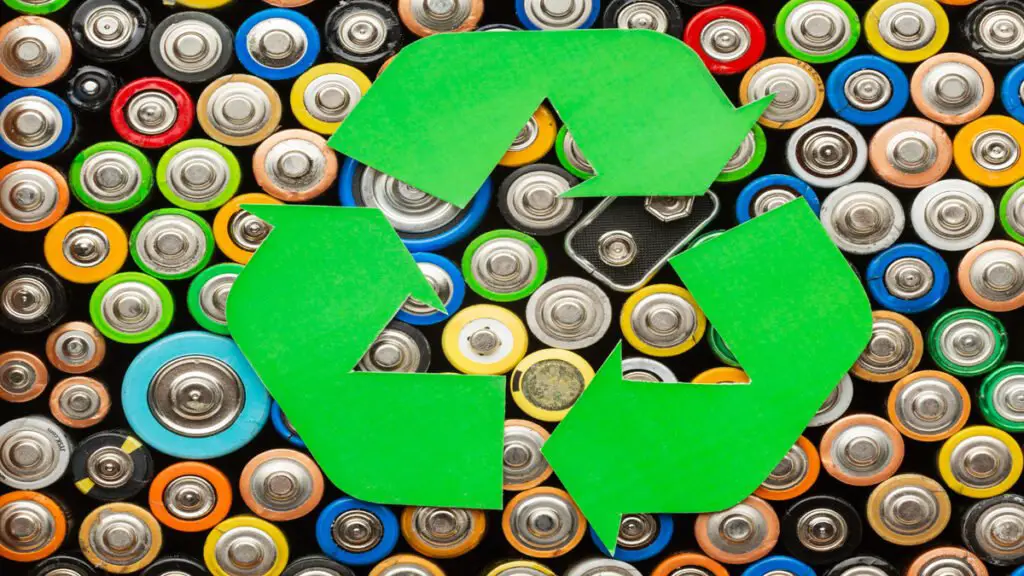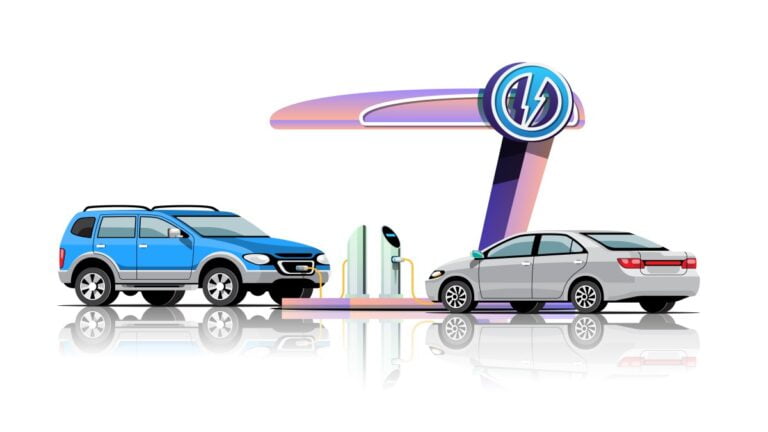In this increasingly connected world, batteries have become an indispensable part of our daily lives. From powering our smartphones and laptops to fueling electric vehicles, batteries play a vital role in modern technology. However, the widespread use of batteries also presents a significant environmental challenge: the proper disposal and recycling of used batteries. In this blog post, we will explore the world of battery recycling, exploring its importance, the recycling process, and the benefits of recycling. Join us as we uncover the power of battery recycling and its potential to create a sustainable future.
Page Contents
The Environmental Importance of Battery Recycling
Battery recycling plays a crucial role in environmental preservation. Improper disposal of batteries leads to significant environmental damage as batteries contain hazardous materials such as heavy metals and other toxic chemicals. When batteries end up in landfills, these substances can leach into the soil and water, becomes a threat to ecosystems and human health. By recycling batteries, we can prevent the release of these harmful materials and chemicals into the environment which eventually reduce the demand for new raw materials and conserve valuable resources.
The Battery Recycling Process
The battery recycling process involves several steps to recover valuable materials and safely dispose of hazardous components. The process typically includes collection, sorting, discharging, dismantling, and treatment.
a) Collection: Batteries are collected through various channels, including recycling centers, drop-off points, and specialized collection programs. Encouraging individuals and businesses to participate in battery recycling initiatives is crucial to increase the recycling rate.
b) Sorting: Collected batteries are sorted based on their chemistry and size. This step ensures that each type of battery is processed appropriately and allows for efficient recycling.
c) Discharging: Before further processing, batteries are discharged to eliminate any remaining electrical charge. This step minimizes the risk of accidents during dismantling and recycling.
d) Dismantling: Batteries are dismantled to separate their components. Automated processes or manual disassembly techniques are employed to extract valuable materials such as metals, plastics, and electrolytes.
e) Treatment: The extracted materials undergo specific treatments for further refining. These treatments involve processes such as smelting, hydrometallurgical techniques, and chemical precipitation to recover valuable metals and prepare them for reuse.
Types of Batteries and their Recycling Methods
Different types of batteries require distinct recycling methods due to their varying chemistries and compositions. Let’s explore the recycling methods for some common types of batteries:
a) Lead-Acid Batteries: These batteries, commonly used in vehicles and uninterruptible power supplies (UPS), are highly recyclable. The recycling process involves breaking the batteries, separating the lead, plastic, and acid components, and then purifying and reusing them.
b) Lithium-ion Batteries: Lithium-ion batteries are used at various places like in smartphones, in laptops and even in electric vehicles. Recycling these batteries involves discharging them, shredding them into small pieces and then by using various techniques recyclers separate and recover valuable metals such as lithium, cobalt, nickel and copper.
c) Nickel-Cadmium Batteries: Nickel-cadmium (NiCd) batteries which are commonly found in portable electronics and power tools, contain toxic material named cadmium. The recycling process for NiCd batteries involves breaking them down, separating the metals and electrolytes and treating the cadmium to prevent its release into the environment. The recovered materials can then be reused in various industries.
d) Nickel-Metal Hydride Batteries: Nickel-metal hydride (NiMH) batteries, often used in cameras, toys and medical devices, contain valuable metals such as nickel and cobalt. The recycling process for NiMH batteries is very similar to that of NiCd batteries which involves shredding, separation and refining of the metals for reuse.
e) Alkaline Batteries: Alkaline batteries, commonly used in household devices like remote controls and flashlights, have a relatively low recycling rate due to their composition. While some components such as steel and zinc can be recovered, the recycling process for alkaline batteries is often focused on proper disposal to minimize environmental impact.
The Benefits of Battery Recycling
Battery recycling offers several significant benefits, both environmental and economic:
a) Resource Conservation: Recycling batteries reduces the need for extracting and refining raw materials, conserving valuable resources such as metals, plastics, and electrolytes. This helps minimize the environmental impact of mining and promotes sustainable resource management.
b) Hazardous Waste Management: Batteries contain many hazardous materials that pollute the environment if not disposed of properly. Recycling ensures the safe handling and disposal of these materials, preventing soil and water contamination and protecting human health.
c) Energy Savings: Recycling batteries requires less energy compared to extracting and refining virgin materials. By reducing the energy demand of the manufacturing process, battery recycling helps conserve energy resources and reduces greenhouse gas emissions.
d) Economic Opportunities: Battery recycling creates economic opportunities by establishing a circular economy. Recovered materials can be reused in various industries, reducing the reliance on costly and environmentally damaging mining operations. Additionally, the recycling industry generates jobs in collection, sorting, processing, and refining activities.
e) Compliance with Regulations: Many countries and regions have implemented regulations regarding battery recycling to promote environmental sustainability. By participating in battery recycling initiatives, individuals and businesses ensure compliance with these regulations and contribute to a greener future.
The Future of Battery Recycling
The future of battery recycling looks promising, driven by technological advancements and increased awareness of environmental issues. Several developments are shaping the landscape of battery recycling:
a) Enhanced Recycling Technologies: Researchers and innovators are continuously developing new and more efficient recycling technologies. These advancements aim to improve the recovery rates of valuable materials, reduce energy consumption, and streamline the recycling process.
b) Increased Collection Infrastructure: Efforts are being made to establish a robust collection infrastructure for batteries, including convenient drop-off points and expanded recycling programs. These initiatives encourage individuals and businesses to participate in battery recycling and contribute to higher recycling rates.
c) Circular Economy Initiatives: Governments, organizations, and industries are increasingly embracing the concept of a circular economy, where materials are recycled and reused in a closed-loop system. Battery recycling plays a vital role in achieving this vision by ensuring the sustainable use of resources and reducing waste.
Conclusion
Battery recycling is a crucial step toward creating a sustainable future. By recycling batteries, we can protect the environment, conserve valuable resources, and mitigate the hazards associated with improper disposal. Embracing battery recycling not only safeguards the environment but also unlocks economic opportunities and promotes responsible resource management. Battery recycling shapes a cleaner and more sustainable future for our planet and future generations. By adopting responsible battery recycling practices and supporting initiatives that promote collection and recycling, we can make a significant difference in minimizing environmental impact and maximizing resource efficiency.
As individuals, we can play our part by properly disposing of used batteries in designated collection points or participating in battery recycling programs. Additionally, spreading awareness about the importance of battery recycling among our friends, family, and communities can help drive positive change.
We have this big responsibility to create a cleaner and greener future. Let us embrace the power of recycling and work together to unleash the potential of battery recycling. By doing so, we can pave the way for a more sustainable world, where the energy that drives our devices also fuels our commitment to environmental stewardship. Together, let us harness the power of recycling and shape a brighter tomorrow.







